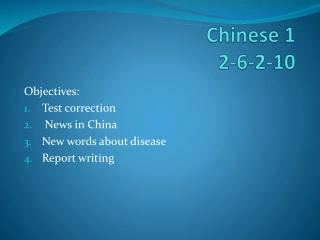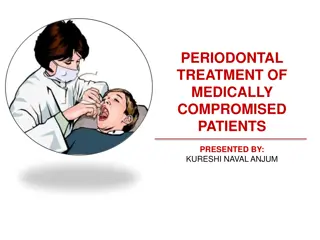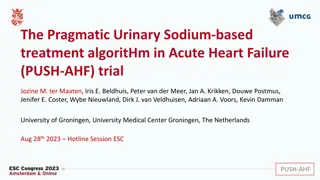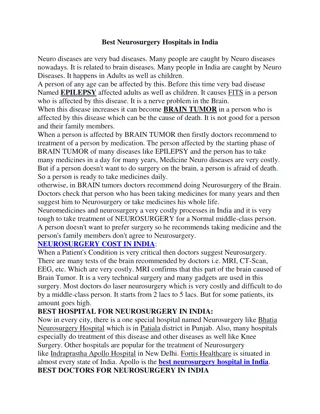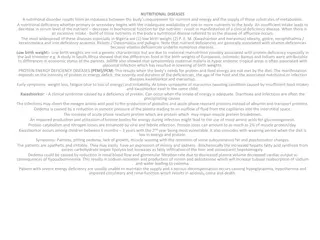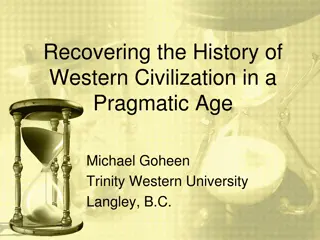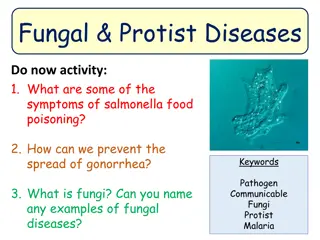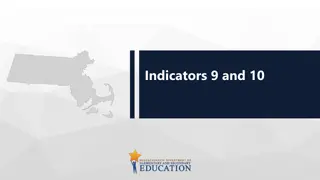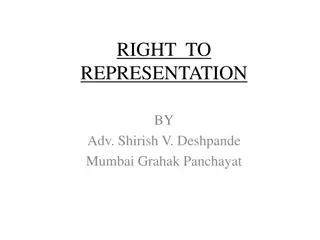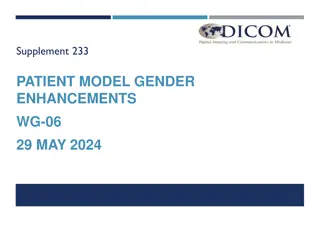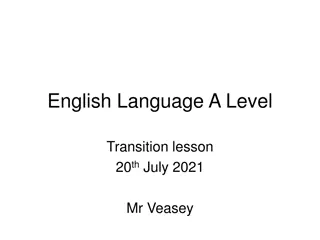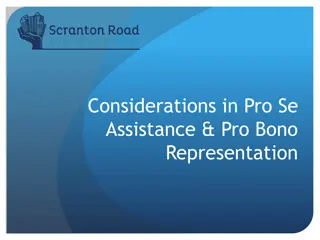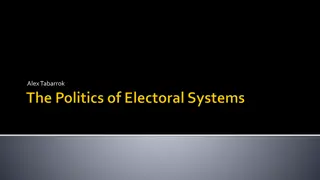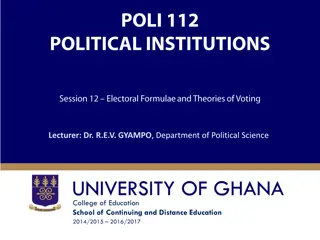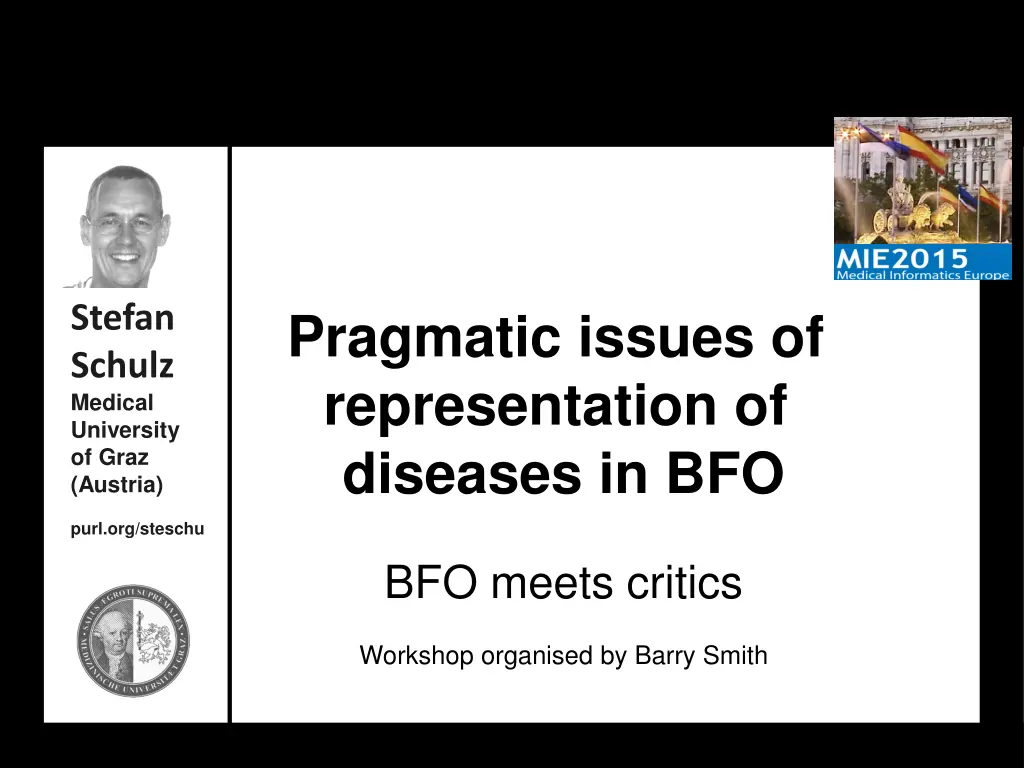
Pragmatic Issues in Disease Representation in Ontologies
Explore the intersection of ontological and linguistic semantics in disease representation within the Biomedical Ontology (BFO) framework. The discussion delves into the challenges of categorizing diseases, disorders, sickness, and illnesses, highlighting the complexities in current medical documentation practices. Discover the nuances between ontological classifications and real-world medical vocabularies, shedding light on the intricate relationship between language and ontology in the medical domain.
Download Presentation

Please find below an Image/Link to download the presentation.
The content on the website is provided AS IS for your information and personal use only. It may not be sold, licensed, or shared on other websites without obtaining consent from the author. If you encounter any issues during the download, it is possible that the publisher has removed the file from their server.
You are allowed to download the files provided on this website for personal or commercial use, subject to the condition that they are used lawfully. All files are the property of their respective owners.
The content on the website is provided AS IS for your information and personal use only. It may not be sold, licensed, or shared on other websites without obtaining consent from the author.
E N D
Presentation Transcript
Stefan Schulz Medical University of Graz (Austria) Pragmatic issues of representation of diseases in BFO purl.org/steschu BFO meets critics Workshop organised by Barry Smith
Ontological vs. linguistic semantics The "clean" world of BFO BFO represent universals (types) in reality All entities are either continuants or occurrents Ontologies are not primarily intended to represent the meaning of human language terms
Ontological vs. linguistic semantics The "clean" world of BFO BFO represent universals (types) in reality All entities are either continuants or occurrents Ontologies are not primarily intended to represent the meaning of human language terms The "dirty" world of medical documentation Use of polysemous terms "Clean" inferences "Classical" reasoning pattern Allergic rhinitis is located in the Nose Allergic rhinitis is located in the Nasal mucosa Nasal mucosa is part of Nose Horrocks I, Rector AL, Goble CA. A Description Logic Based Schema for the Classification of Medical Data. KRDB. Vol. 96. 1996.
Polysemic patterns "Dot types" PROCESS OBJECT DISPOSITION PROCESS Medical examples Malignant growth process Malignant tumour Inflammation process Inflammatory structure Allergic disposition Allergic reaction Ontological dependency every tumour is the result of some growth process every allergic reaction is the realisation of some allergic disposition INSTITUTION BUILDING PEOPLE 1. The university specializes in humanities 2. The university is in the city centre 3. The university is on strike J. Pustejovsky: The generative lexicon, MIT Press, 1995. A. Arapinis, L. Vieu: Complex categories in ontologies, FOIS 2014 Workshop on ontology and linguistics
Disease, disorder, sickness, illness, maladie, Krankheit, St rung, enfermedad, disturbio.. no clear-cut ontological category or categories OGMS, based on BFO, distinguishes ogms:Disorder is-a bfo:Object ogms:Disease is-a bfo:Disposition ogms:Disease course is-a bfo:Process In medical discourse and documentation: current use of e.g. "tumour", "inflammation", "sclerosis": no clear commitment to either process or material object In current clinical vocabularies: no consequent distinction (partly between disposition and manifestation, e.g. allergy) Ontology for General Medical Science (OGMS) https://code.google.com/p/ogms/
Clinical condition as defined class? On the side of BFO: lack of commitment -> disjunctions? Clinical condition =def Clinical process Clinical material object Clinical disposition How to formalise this "classical" reasoning pattern? c instance-of Clinical condition at all times m1instance-of Anatomical object at all times m2instance-of Anatomical object at all times c located-in m1at t m1part-of m2at t c located-in m2at t Schulz S et al. Scalable representations of diseases in biomedical ontologies. J Biomed Semantics. 2011 May 17;2 Suppl 2:S6.
Wanted for BFO: general inclusion relation Valid for dispositions, objects and processes Disposition d has material basis m at t d is included in m at t Disposition d inheres in n at t d is included in n at t Material or immaterial object o is located in m at t o is included in m at t Material or immaterial object o is continuant part of q at t o is included in w at t Process p is located in q at t p is included in q at t Would harmonise lexical polysemy with ontological rigor Would support classical DL reasoning patterns


